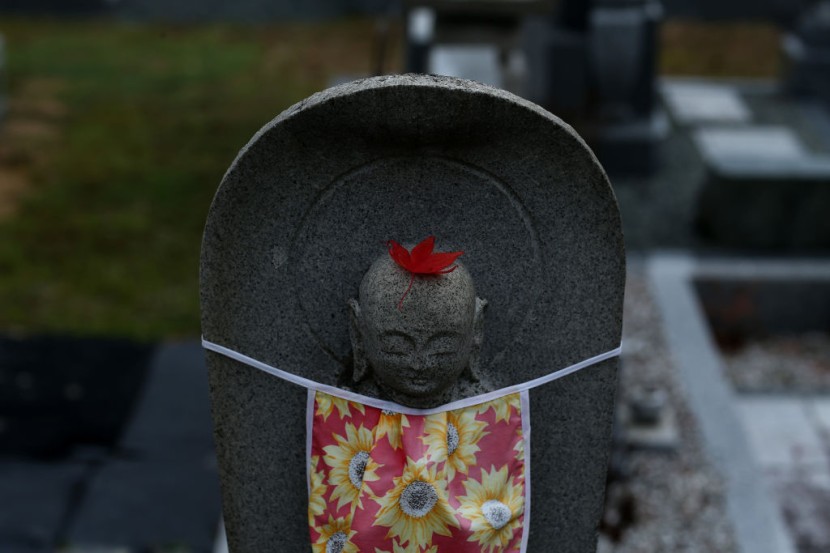
Studies unearth that the Kofun people were the last of the first two cultures which came to the Japanese islands. The discovery of the new data will change the accepted history of Japan and how it affects the future from here on.
This introduces another culture that adds to the Jomon and Yayoi, which preceded the Kofun, as seen in recent genetic investigations by scientists reviewing it. The island is a water-locked archipelago separated from major landmasses that influence tradition and practices.
Study reveals third Japanes culture
In the last 38,000 millennia, it has been the home of people who settle in the archipelago, but in the previous 3000 years, the fundamental changes were seen, reported the Daily Mail.
Three distinct stages occurred in intervening times. The first stage is hunter/nomad, then wet rice farming, and an advanced imperial state as the last. By contrast, the first Jomon were invested in the Nomad, hunter, and gatherers, while the second is the Yayoi developed farming techniques. The first culture originally got to the island about 16,000-3,000 years ago, but the Yayoi came from the Asian mainland from 900 BC to 300 AD.
Examination by the Trinity College Dublin has analyzed 12 genomic sequences from skeletal remains from the first two periods. From the Nomad, hunter, gatherer to the farming period that ushered in the third phase called the Kofun people, by this time, a sophisticated system arose that led to the feudal political system in 300-710 A.D. and the isolation of the Japanese island noted Granthshala.
Evidence of the finding from proof like settlements which were discovered in the country recently. The discovery of these three cultures is the basis of the genetic ancestry of the archipelago's current inhabitants, remarked by the lead author Shigeki Nakagome of Trinity College Dublin. It took the study to understand the genetic ancestry and how the three periods led to the beginning of the feudal system.
Phases in Japanese civilization from a simple to a complete political system have shaped the island archipelago's inhabitants. From a dual model of genetic ancestry to three cultures, everything changed after the held initial perception.
Effects of isolation on Japanese culture
Based on the archeological evidence from the investigation, the Jomon were relatively a small group of only 1,000 over several thousand years. They were separated from the Asian mainland at 20,000 to 15,000 years in the past.
When the seas rose and covered the land bridges connecting it to the mainland of Asia, a sliver of land connected to the Korean Peninsula was underwater 28,000 years back at the Glacial Maximum, noted Live Science.
During 16,000-17,000 years ago, the covering of the land bridge was clues of Jomon pot making. After the isolation of the archipelago, it manifested in the culture and genomes with no one else.
Japanese isolation and the three cultures is a study of the effects of isolation that can impact the trapped populations, said population geneticist Dan Bradley. Despite the isolation of the Kofun people, Jomon and Yayoi, on the Japanese island, they still developed a distinctive culture different from others.
Related Article: Camel Carvings Discovered in Saudi Arabian Desert Found to be 8,000 Years Older Than Stonehenge, Archaeologists Baffled Over Origin








